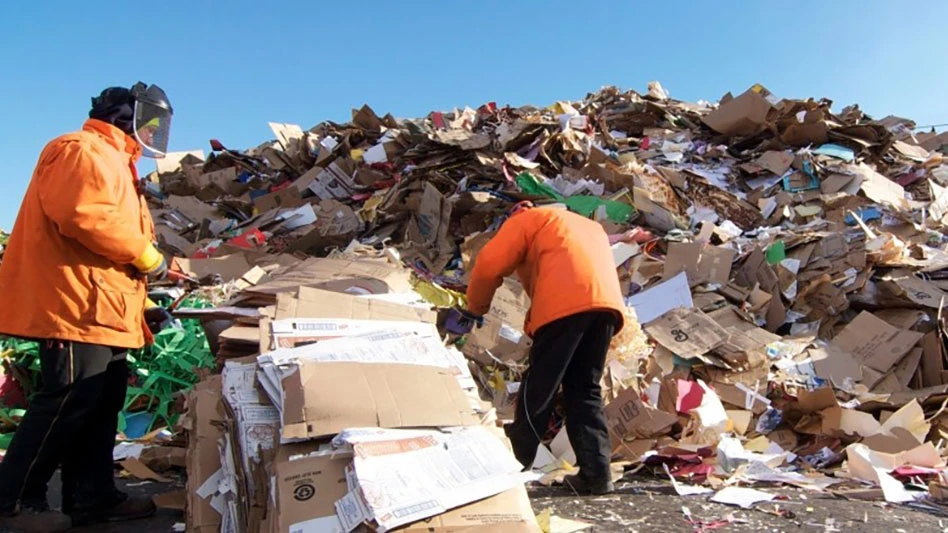
sborisov | stock.adobe.com
Researchers in North Carolina State University’s College of Natural Resources and College of Agriculture and Life Sciences have been awarded a $2.25 million grant funded by the Department of Energy to develop sustainable biotechnologies sourced from solid waste streams.
The project, called Sargassum and Wood Waste for Aviation Fuel and Graphite (SWAG), will develop a technological process for the production of sustainable aviation fuel (SAF) and battery-grade graphite using sargassum and wood waste.
According to the university, the Biden administration’s ambitious climate goals will require the rapid proliferation of electric vehicles and renewable energy grid systems, with graphite making up roughly 30 percent of the mass of a lithium-ion battery.
With demand for these batteries expected to grow six-fold by 2032, according to Benchmark Mineral Intelligence, it’s estimated that nearly 100 new graphite mines and over 50 new synthetic graphite plants would need to be built to meet the projected demand.
The SWAG project’s potential output technology could produce up to 61,000 tons of graphite per year, or roughly 3.4 percent of current synthetic graphite production worldwide from cheap, renewable resources.
Similarly, the project’s technology is capable of producing up to 78 million gallons of SAF, enough to meet 2.6 percent of the current administration’s goal of producing 3 billion gallons of SAF per year by 2030. Conventional aviation fuel is the dominant fuel source for air travel, contributing roughly 9 to 12 percent of all U.S. transportation-related greenhouse gas (GHG) emissions. The SWAG process estimates a reduction of SAF GHGs greater than 70 percent, researchers say.
“Aviation fuel and synthetic battery-grade graphite are made with fossil petroleum feedstocks in rather unsustainable ways,” Joe Sagues, assistant professor of Biological and Agricultural Engineering and a co-principal investigator on the project, told CALS News. “We believe that with the SWAG technology we can drastically reduce the greenhouse gas emissions associated with aviation fuel and battery grade graphite, while also increasing domestic jobs and creating other environmental and economic benefits.”
When sargassum washes up on beaches like in Puerto Rico, it rots, giving off a stench produced by hydrogen sulfide, which is a nuisance to nearby residents and tourists. While the marine macroalgae itself is harmless to human health, researchers on the project say marine life living in the seaweed can become a skin irritant.
“It’s one big biomass waste that there’s no real economical use for today,” Sagues says.
With help from the University of Puerto Rico, researchers also plan to source wood waste from recent hurricane damage on the island, which will assist with relief efforts and infrastructural development projects. Wood waste from industrial forestry, pulp and paper and lumber products are also viable feedstocks for the technology, according to the research team.
Latest from Waste Today
- Oregon approves EPR Program Plan
- J.F. Lehman & Co. acquires Atomic Transport LLC
- Mazza Recycling adds to transfer station operations
- Michigan awards $5.6M in recycling, waste reduction grants
- Republic acquires Shamrock Environmental
- Russelectric spotlights paralleling systems for water, wastewater treatment facilities
- Optimized Waste and Logistics North America joins Together for Safer Roads
- LoCI Controls system demonstrates early methane capture success




